Dutch Smoushond
The Dutch Smoushond is a small to medium-sized dog breed that was originally used as a ratter in its native land - the Netherlands. It is not very popular outside of the Netherlands; its original name is Hollandse Smoushond.
It is closely related to Pinschers and Schnauzers that were also kept as versatile farm dogs in the region of Belgium, Germany, Luxemburg, and the Netherlands. It is not the oldest breed, it is only about 200 years old and in the 1970s it had a close encounter with extinction. Thankfully, it was saved by the efforts of breed enthusiasts in their native country.

Height:
14-17 in (35-42 cm)

Weight:
15-24 lb (7-11 kg)

Origin:
Netherlands

Life Expectancy:
12-15 years
Dog Breed Characteristics
The characteristics of the Dutch Smoushond are similar to the Schnauzer’s characteristics. The Dutch Smoushond is a sturdy and square-built dog. Its size at the withers is the same as its length. Female dogs are slightly longer than male dogs. These dogs have broad noses that should preferably be black.
Their eyes should be rather large and round with a lively and friendly expression that is typical for this breed. Their ears are set high on their head. They should be small and drooping. Their coat is coarse, wiry, and harsh. Its length should be about 1,5 - 3 in (4-7 cm) at max, and its tail shouldn’t be too long.
Grooming
Dutch Smoushond have coarse, harsh, and wiry coats. Dutch Smoushond dogs don’t require a lot of brushing. Weekly brushing will be enough to keep this dog looking good. They will need only a few baths throughout the year. Occasional baths are only required if your dog rolls into something smelly or dirty.
Since they have droopy ears, you should regularly check them – they are prone to developing ear infections. If you notice that their ears and red or have a bad odor, that might be a sign that your dog has an ear infection.
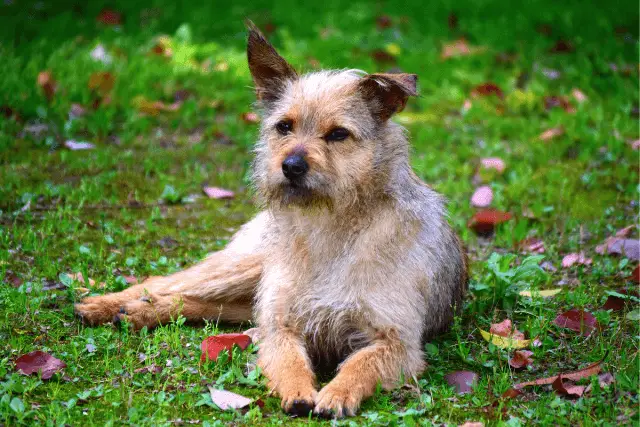
Dutch Smoushond coat colors:
- self-colored yellow in any shades
Dutch Smoushond temperament
The temperament of the Dutch Smoushond is a lively one. It is an active dog, and Dutch Smoushond owners say that their best trait is that they are hard to startle. These dogs are usually friendly and get along great with kids and other dogs. These dogs should never show signs of anxiousness or nervousness.
They should be stable and even-tempered. These traits make the Dutch Smoushond an ideal pet for an active family with kids and other dogs. They will adapt and thrive in almost any condition. They were used as ratters throughout history so they have a high prey drive and shouldn’t be trusted around small animals like gerbils or ferrets.
Dutch Smoushond training and socialization
To have a truly well-behaved and happy dog, you need to invest time in their development. The best way to ensure your Dutch Smoushond will develop properly is to train them. Make sure you use positive training methods and reward their good behavior instead of punishing bad behavior. If you use food as a reward, you will quickly start noticing good results with your Dutch Smoushond training.
Just like training, socialization is an extremely important part of every dog’s life. The process of socialization will make sure your dog learns social rules and how to properly behave around strangers and other dogs, even other animals. Take your Dutch Smoushond to busy dog parks, where they will have the opportunity to learn different skills and be exposed to different sights, sounds, people, and dogs.
Health
Every dog can develop some health problems, and Dutch Smoushond also can suffer from some conditions. To be sure that you will end up with the dog with the best possible health, always buy Dutch Smoushond from a responsible dog breeder.
Responsible breeders will regularly check their breeding dogs to ensure that their puppies will be without inherited diseases.
Dutch Smoushond can suffer from the following:
- luxating patella
- cataracts
Dutch Smoushond breeders
If this breed is a good fit for you and/or your family, make sure that you find a registered and reputable Dutch Smoushond breeder that can provide you with a great dog that will be physically and mentally healthy. Ask the breeder to show you the health certificates of his breeding dogs and if you can, try and see what the puppy’s parents look like.
When you bring your new puppy home, start with the training and socialization immediately. By doing so, you will end up with a well-behaved dog whom you can trust. Provide him with enough daily exercise for him to be happy.
World Dog Finder team

Updated at31.08.2023.
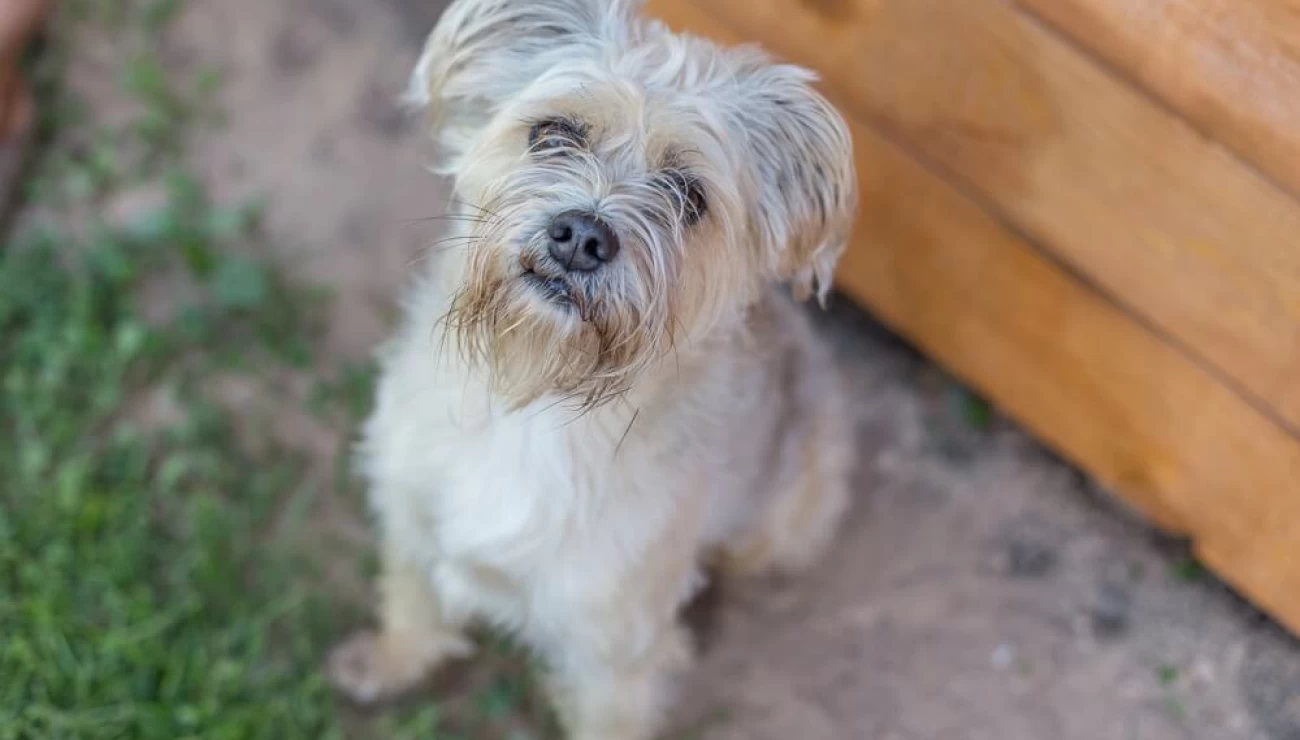
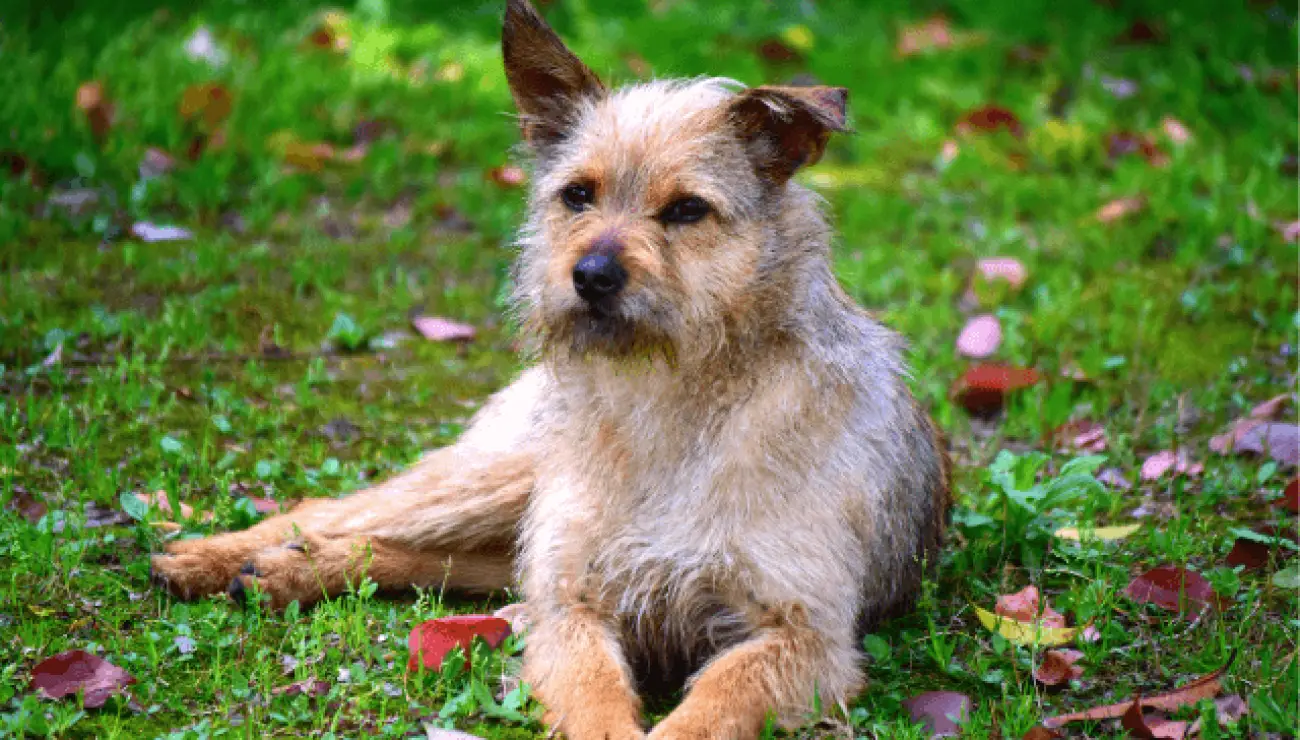
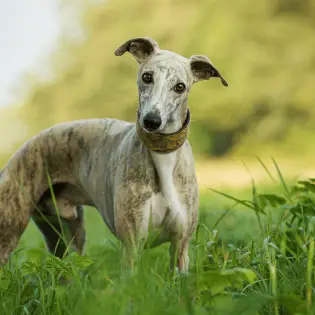
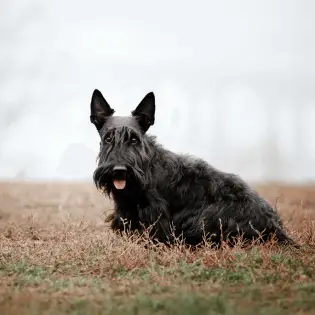
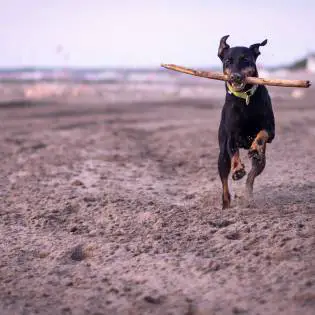


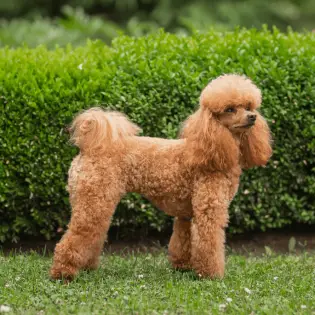

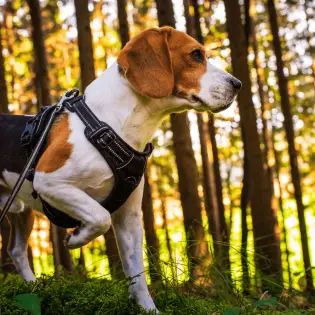



Share